April 20-24, Birmingham
Robotics & Market Insights
Construction Robots: The Answer to the Growing Labor Shortage?
Worldwide spending on construction-related goods and services annually is estimated to be about $10 trillion in 2021. The construction industry makes up about 13% of the world GDP. Yet, productivity growth in this sector has been only about 1% per year for the past 20 years, according to a study by the McKinsey Global Institute. The building trade has been slow to adopt automation. One reason for this is the complexity of construction jobs has made automation difficult. The technology has not quite been a match for the challenge.
The number of vendors that supply robotics for construction is still small. Robots can currently handle only certain tasks.
But there are numerous applications for which the technology is mature. This article will explore construction robots through the following topics:
- Bricklaying Robots
- Robotics for Tying Rebar
- Drywall Finishing Robots
- Painting Robots for Construction
- Automated Architectural and Structural Layout
- Site Inspection Robotics
- Autonomous Earth Moving Equipment
- How to Source the Ideal Construction Robot for Your Organization
Bricklaying Robots
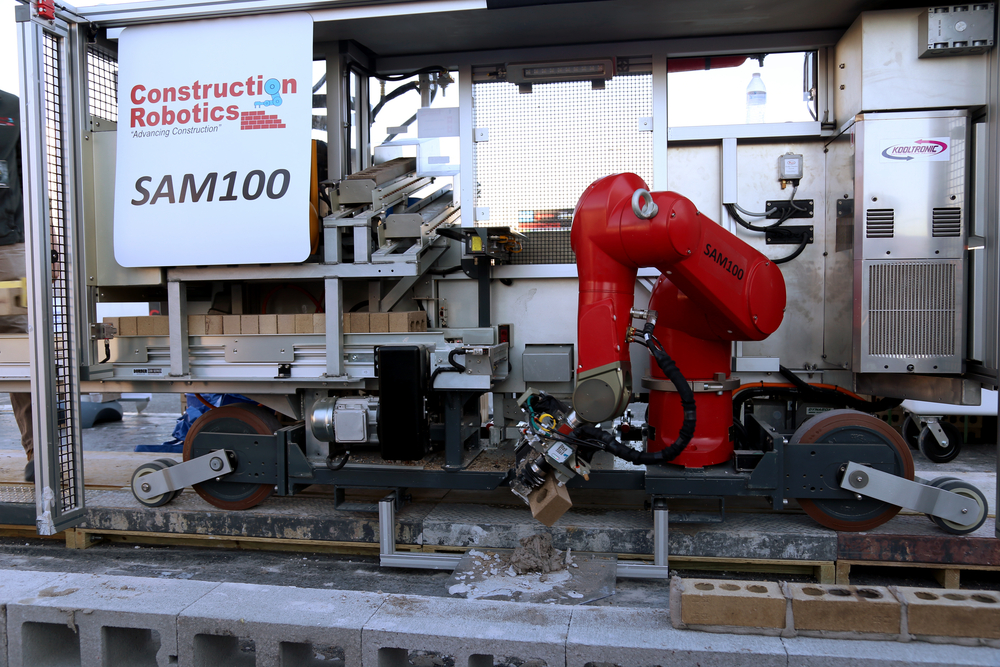
Bricklaying is a demanding job. Industry studies show bricklayers have the highest rate of injuries among construction workers. Robotic masons can reduce injury rates. And they can increase productivity by 400% or more, as reported in a study done by the California Polytechnic State University.
The robot lifts the brick and automatically applies grout. It then puts the brick into place with great accuracy. But the robotic bricklayer does not replace the human mason. A person works with the robot to clean off excess mortar and improve the appearance of the result. The net effect is a remarkable increase in output combined with higher quality. And the workers' jobs become easier.
Another approach is simply to help the bricklayer with lifting. The vendor provides a small worksite crane that aids the mason in lifting heavy cement blocks into place. The workers get more done with less fatigue and a lower risk of injury.
There are only a few vendors that provide robotic bricklaying solutions. Yet, they have proven the technology in real-world applications. And it appears ready to scale up.
Request offers on bricklaying robots from suppliers
Robotics for Tying Rebar
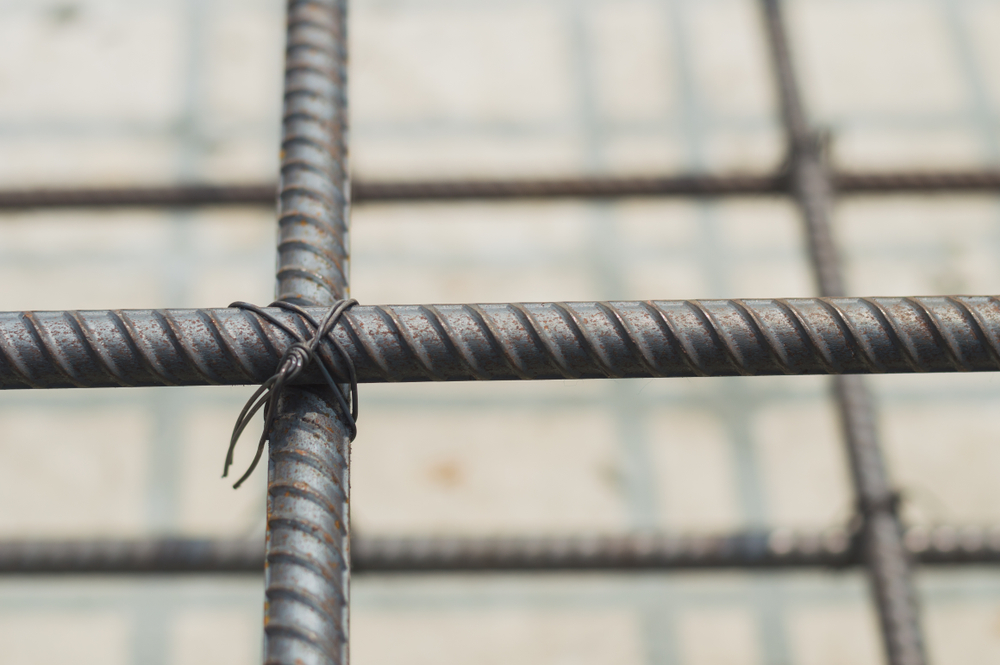
Reinforced concrete structures need to have the rebar tied together with wire. Tying the rebar does not increase structural strength. It merely holds the rods in place when the concrete is poured. Although necessary, it is a backbreaking and repetitive job. Automating this task is a good application for vision-equipped robots. The robotic equipment rides on rails on either side of the bridge. Advanced Construction Robotics says their Tybot can make 1,100 ties per hour.
Currently, this technology only exists for bridges. And the number of vendors appears to be limited to one. Construction companies must wait for robots that can perform this task for other structures.
Drywall finishing robots
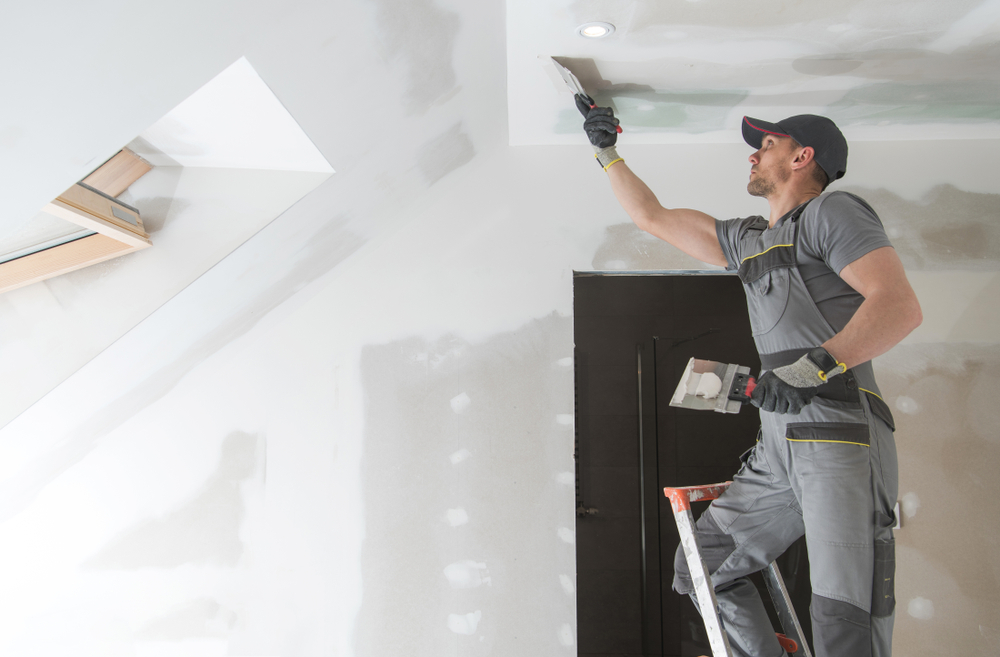
Workers who finish drywall have a high rate of work-related injuries. U.S. government agencies report that drywall installers suffer most often from overexertion and falls. Working with drywall is also a dusty and dirty job.
Early results in automating this task show great promise. One vendor's drywall robot can finish drywall to a Level 5+. This is the highest level for smoothness and appearance. However, the robot is not totally autonomous. A worker guides the robot, bringing it to the work area and equipping it with the right end-effector. Using AI-assisted computer vision, the robot can tape and apply the mud. And it also sands the wall, capturing 99.9% of the dust. Dust capture makes the workplace safer as well as more pleasant.
One worker can manage several drywall machines at a time.
At present, this robotic system is only available in a limited geography. Now that the concept has been proven, it seems likely more robotics vendors will enter the field.
Request offers on drywall finishing robots from suppliers
Painting Robots for Construction
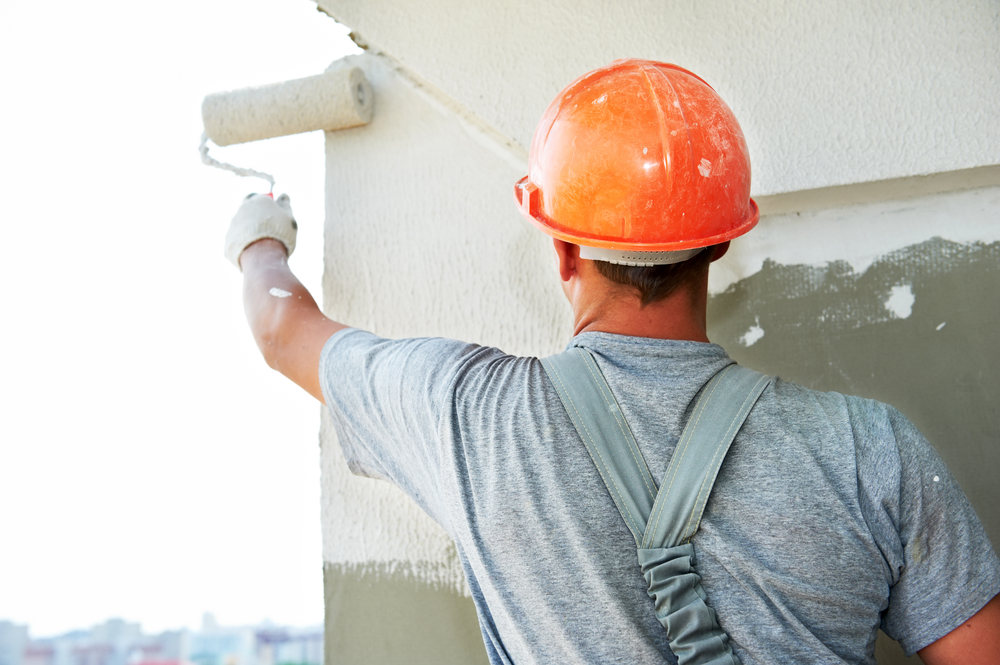
Painting robots have been used for many years in the automotive industry. Now they are beginning to roll into the construction sector.
For interior painting, there are a goodly number of vendors offering solutions. The robots are battery-powered, and their robotic arm can reach the top of most walls. Ceiling painting is an especially arduous task for people. For robot painters, this is no problem.
Painting robots for interiors are equipped with cameras and scanners. They scan the surfaces to be painted and then operate without human intervention. But a person must still be there to oversee the operation. The worker will refill the paint supply and move the robot into position before starting it. One person can tend to many robots, amplifying the productivity increase.
Interior painting robots can also apply other materials, such as a fireproofing finish. The finish is a mixture of rock wool and cement. It is an unpleasant task for people and carries health risks. The use of robots reduces the health risk and makes the job easier and faster.
For exterior painting, there are not many choices. Drones have been proposed and tested for exterior painting. But it does not appear there are commercial solutions. Exterior painting robots are in development that feature the ability to climb walls. The robot uses a vacuum to cling to the wall.
Request offers on painting robots from suppliers
Automated Architectural and Structural Layout

Automation of the layout of a building shows great promise for increasing productivity.
Modern architects use Building Information Modeling (BIM) for large structures. BIM creates a 3-D computer model of the entire building.
At the appropriate point, workers create the ground-level floor. Then, a framer must print a map onto the floor showing where to position the walls. The tools currently used for this mapping include a tape measure and a chalk line. Construction crews use the lines as a guide. This layout process is both time-consuming and error-prone. One mistake of even a centimeter might result in a cabinet or piece of equipment not fitting into a room. Such errors can be very costly.
An automated way to print the layout onto the floor now exists. Here is how it works. First, the BIM for the building is downloaded to an autonomous mobile robot (AMR). The AMR travels around the concrete floor. It lays down lines showing the exact position of the walls. The robot also prints the location of mechanical, electrical, and plumbing (MEP) openings. It even labels these openings and adds other helpful information.
This type of AMR can reduce the time to produce a layout from one week down to two days, according to a foreman with Swinerton, a commercial construction company in the United States. The framers must create a layout for each floor of a high-rise building. So, the time-savings can be quite large.
Robotic technology applied to building layout reduces errors and accelerates schedules.
Request offers on mobile robots for printing building layouts from suppliers
Site Inspection Robotics
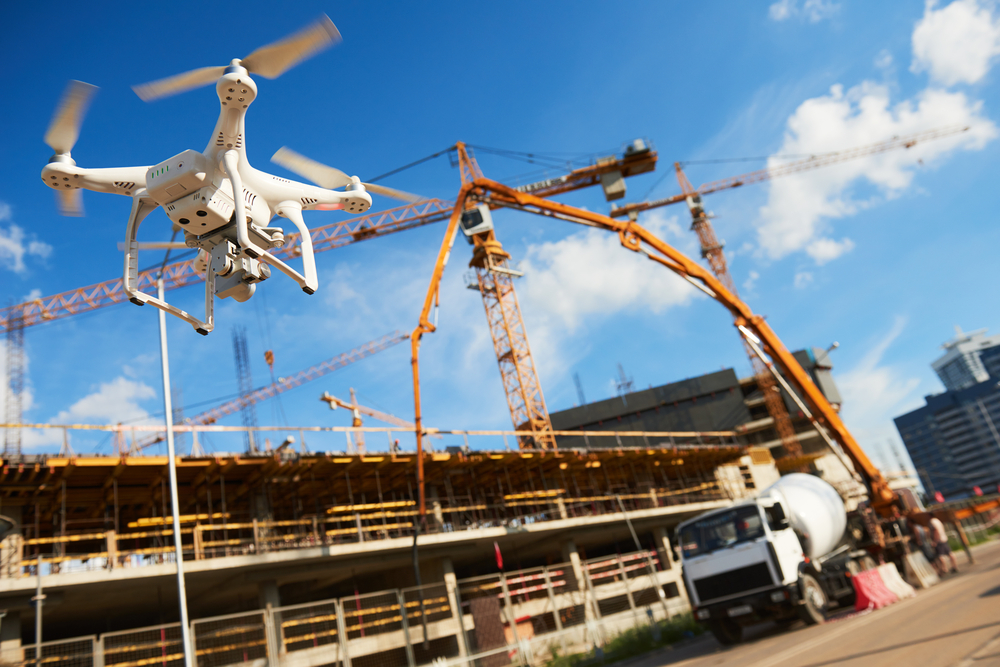
Employing robots for inspection is common in many industries. And the construction industry is beginning to join the trend. Several vendors make inspection robots for use in construction.
For inside a building, construction companies can deploy robotic rovers on wheels. For external inspection, contractors can use aerial drones.
Many construction projects involve building infrastructure like roads and bridges. The worksite spans a large area. Aerial drones can fly over the entire site, taking pictures and recording video. They can easily climb to whatever altitude is needed. Getting a regular overview gives planners the information they need to spot problems. Without a drone, such inspection is expensive, difficult, or economically not feasible.
Early detection of errors can help reduce cost overruns.
Advanced artificial intelligence (AI) can compile detailed cost and time analyses. These analyses allow for accurate project progress assessment. The data provided by the drone is critical.
Autonomous Mobile Robots (AMRs) can rove inside of buildings. Some inspection AMRs use wheels, while others have legs. Equipped with laser scanners, AMRs can take and record precise measurements. The building engineers can compare the dimensions as built to their plans. Again, detecting errors earlier rather than later makes an enormous difference. Not only does early detection reduce costs, but it also keeps the project on schedule.
Robotic inspection aids in enhancing safety. Site inspection shows where debris or other conditions may cause a hazard. AMRs can go into areas too dangerous or too cramped for people.
Diverse types of measurements can be made. Site planners can equip AMRs with thermal measuring sensors. Ultrasound instrumentation can detect gas leaks. Radiation measuring equipment can uncover hazardous conditions.
In sum, site inspection is a facet of the construction industry for which robots exist and offer many benefits. And there are a substantial number of vendors from which to choose.
Request offers on site inspection robots from suppliers
Autonomous Earth Moving Equipment
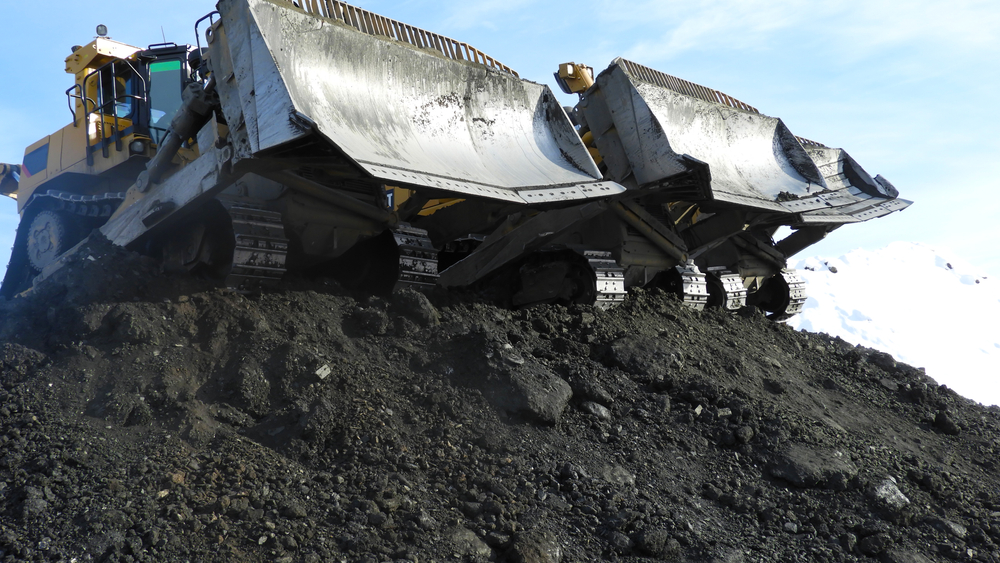
Autonomous construction vehicles are currently not in widespread use. In fact, in 2021, they will hold a market share of less than 1% of total construction equipment sales worldwide. But the growth in this sector is exponential. The market size is expected to double in the next two years.
The Association of Equipment Manufacturers supplies some of the statistics presented here.
Major manufacturers have made large investments in creating autonomous earth moving equipment. Most such equipment is currently concentrated in the mining industry. Here it is well established. In March 2021, Caterpillar announced they had hauled over two billion tons in the last six years. Caterpillar says its autonomous vehicles have driven over 42 million miles. This was done without a lost-time injury. Komatsu's autonomous earthmoving equipment has hauled over three billion tons.
Based on these results, it appears the technology is ready for construction. Perhaps the hurdles to be overcome are not technological and are instead economic.
Focusing on the economics, other vendors have taken a different approach. They offer retrofit services to convert manual earthmovers into autonomous vehicles. The vendor installs the AI, sensors, and control equipment into existing equipment. Retrofitting avoids the high cost of purchasing new equipment.
Another approach to lowering the entry cost is to rent the equipment. By renting, the customer can try out the equipment first. Users can evaluate the equipment's return on investment before buying.
Other levels of automation are creeping into construction equipment. Tasks that need high precision are seeing assist features. For example, graders need to have their blades set accurately. The driver must make many adjustments to get things right. Now, this equipment comes with a Real-Time Kinetic (RTK) GPS unit. The blade adjusts itself and can change with the terrain.
New safety features enable inexperienced drivers to use expensive equipment with far less risk. Cameras and collision warning systems prevent accidents. Accelerometers and other sensors provide early warning systems against tipping over.
Request offers on automation of earth moving from suppliers
How to Source the Ideal Construction Robot for Your Organization
HowToRobot is a global platform connecting end-users with robot and automation suppliers worldwide. We have the world’s largest directory of robotics companies. Using our guide, you can find the type of robot you need, ideally suited for your application.
If you are looking for automating a task within construction, you can get tailored solution proposals from various suppliers. Simply describe your project and start receiving answers.
You can also get quotes and receive product information for specific construction robots, parts, components, consultancy services etc. You will receive product information and pricing from multiple vendors.
Please note there are impartial HowToRobot experts who can help you navigate through the process. Click here to set up a consultation with an expert advisor.
